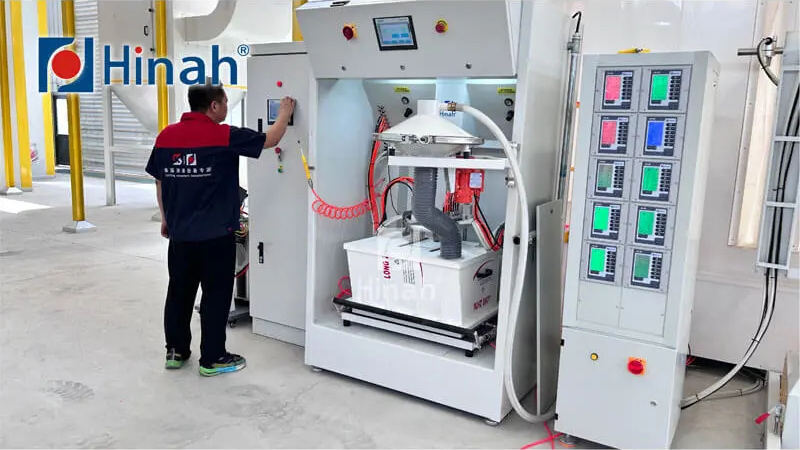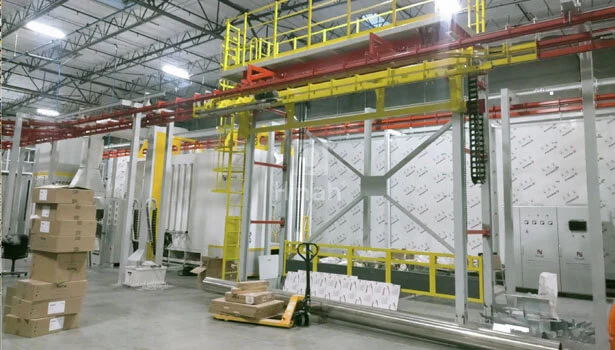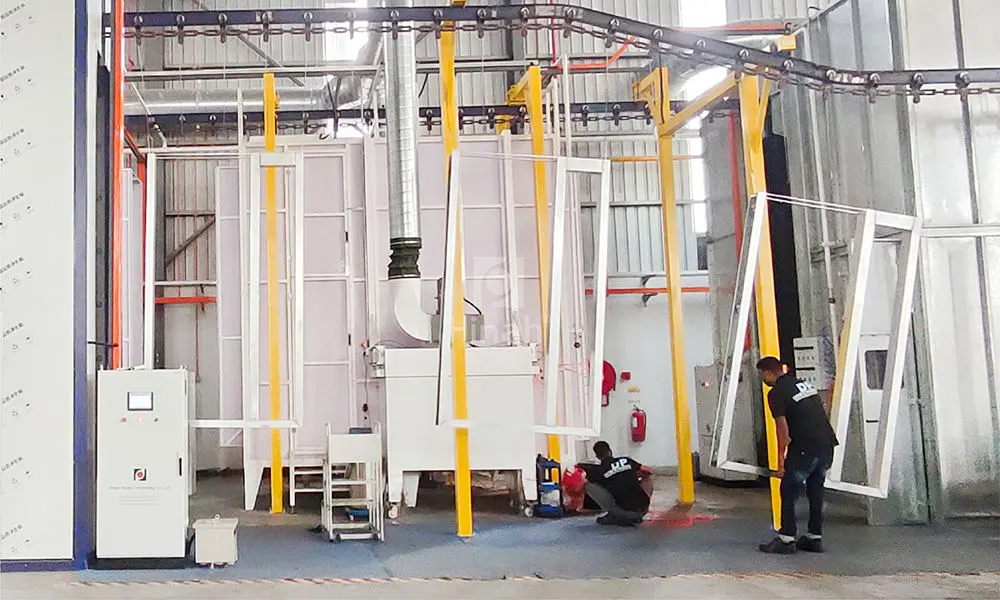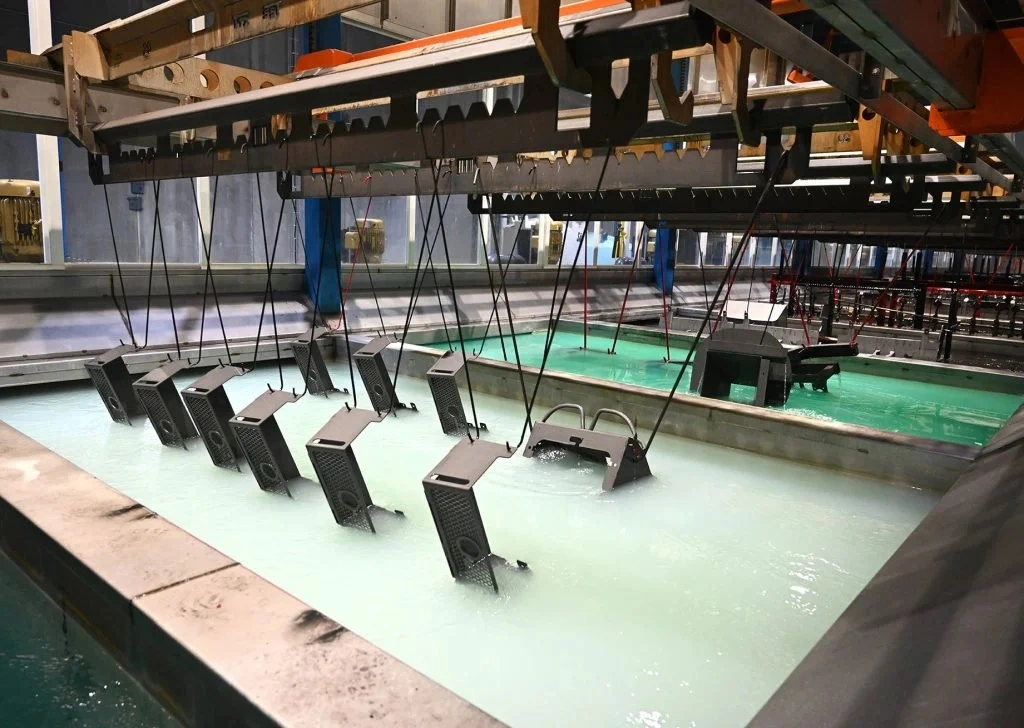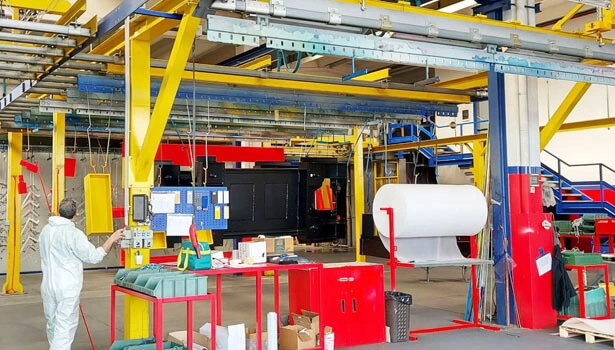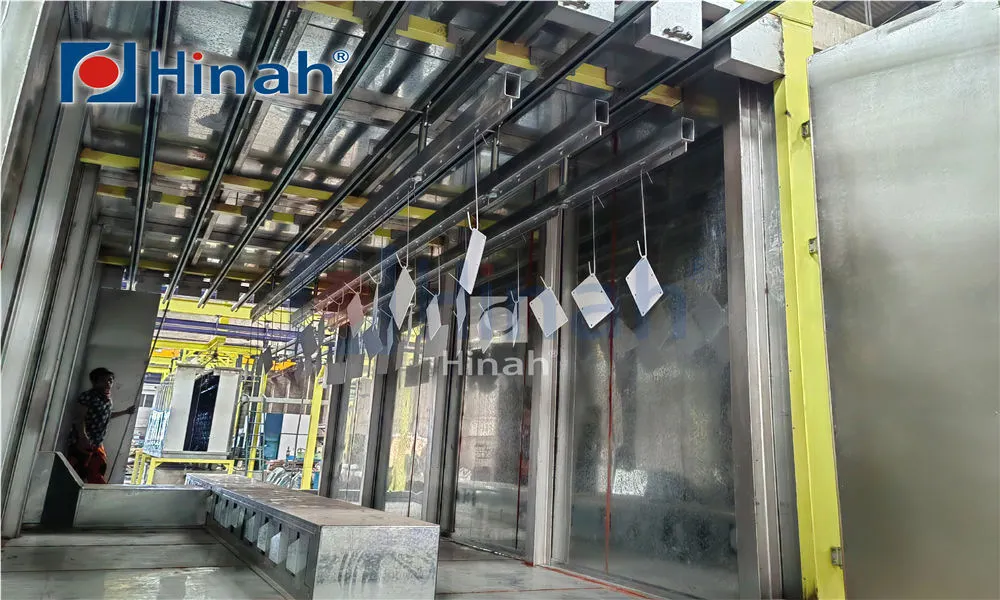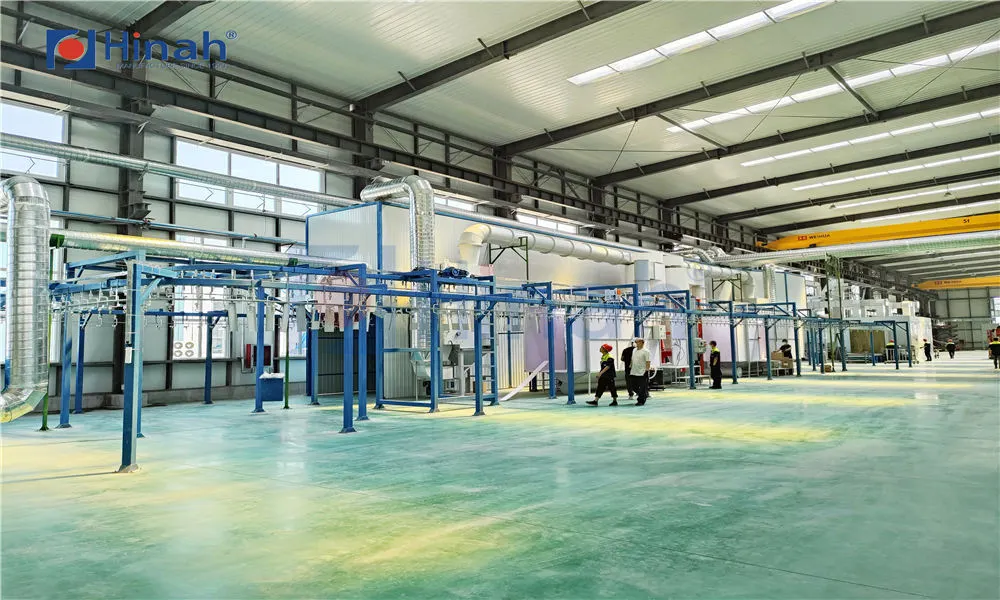In the world of industrial finishing, an automatic powder coating line represents the pinnacle of efficiency, consistency, and quality. Whether you are a high-volume manufacturer or a smaller operation looking to scale, understanding the different types of systems—from a fully automatic coating machine to a semi-automatic powder coating line—is crucial for making an informed investment. This article delves into the intricacies of these systems, explores the factors influencing powder coating machine cost, and addresses common challenges faced by operators.
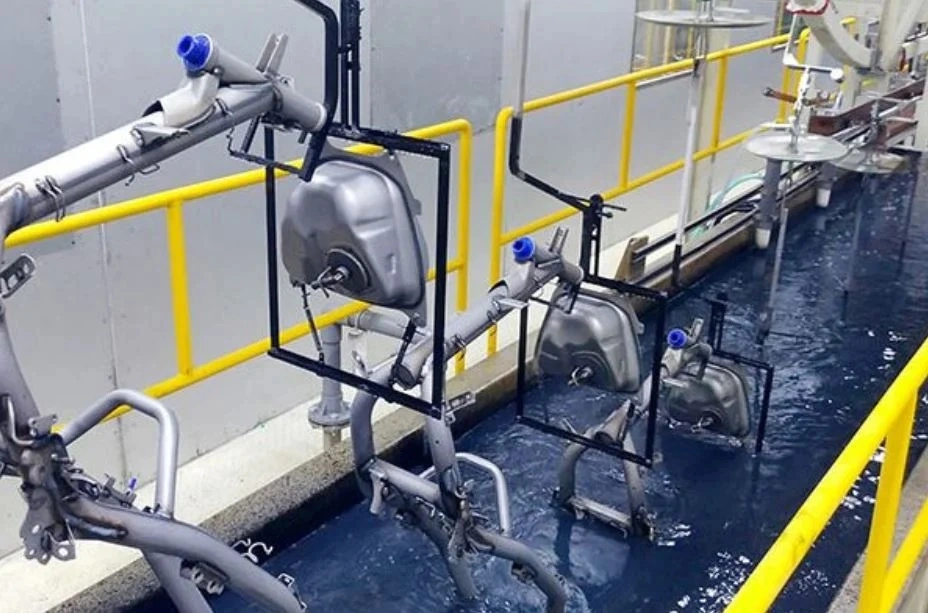
What is a Powder Coating Line?
A powder coating line is an integrated system designed to apply a dry, powdered paint to a surface, which is then cured under heat to form a durable, protective, and aesthetically pleasing layer. This process is environmentally friendly compared to traditional liquid painting, as it produces minimal volatile organic compounds (VOCs) and allows for the reuse of oversprayed powder.
The core components of a typical powder painting line include:
Pre-treatment stage (cleaning, phosphating, or chromating)
Drying oven
Application booth
Automatic coating machine or manual application guns
Curing oven
Conveyor system for part movement
A fully automatic powder coating line is designed for high-volume production environments where consistency, speed, and minimal manual intervention are paramount. In such a system, the entire process—from pre-treatment to curing—is automated via a programmable logic controller (PLC).
Key Features of an Automatic Coating Machine
Robotic Application: Automated guns or robots apply the powder with precise patterns, ensuring uniform coverage even on complex geometries.
Integrated Conveyor: Parts are moved through each stage via an overhead or floor conveyor system at a controlled speed.
Energy Efficiency: Modern systems recover and recycle overspray powder, reducing material waste.
Data Monitoring: Sensors and software monitor critical parameters like film thickness, temperature, and conveyor speed.
This level of automation is ideal for industries such as automotive, aerospace, and appliance manufacturing, where throughput and finish quality are critical.
The Semi-Automatic Powder Coating Line
For many small to medium-sized enterprises (SMEs), a semi-automatic powder coating line offers a balanced solution. It combines automated elements with manual operations, providing flexibility at a lower powder coating machine cost.
In a semi-automatic system, parts may be loaded and unloaded manually, while the pre-treatment, drying, and curing stages are automated. The application itself might be done using handheld guns operated by trained personnel, but within an enclosed booth with powder recovery.
This setup is cost-effective for businesses with variable production runs or those that coat a diverse range of part sizes and shapes.
Understanding Powder Coating Machine Cost
The powder coating machine cost varies widely based on the level of automation, size, and features. Here’s a breakdown of factors influencing the investment:
Degree of Automation: A fully automatic powder coating line requires a significant capital outlay due to robotics, control systems, and integration. A semi-automatic powder coating line is less expensive.
Line Capacity: Larger systems with higher throughput capabilities command higher prices.
Material Handling: Customized conveyors and part handling mechanisms add to the cost.
Powder Recovery System: Advanced recovery systems (e.g., cartridge-based) are more efficient but also more costly.
Pre-treatment Requirements: Multi-stage pre-treatment (e.g., zinc phosphating) increases the overall system cost.
As a rough estimate, a basic manual powder painting line might start at a few tens of thousands of dollars, while a fully automated system can run into hundreds of thousands or more.
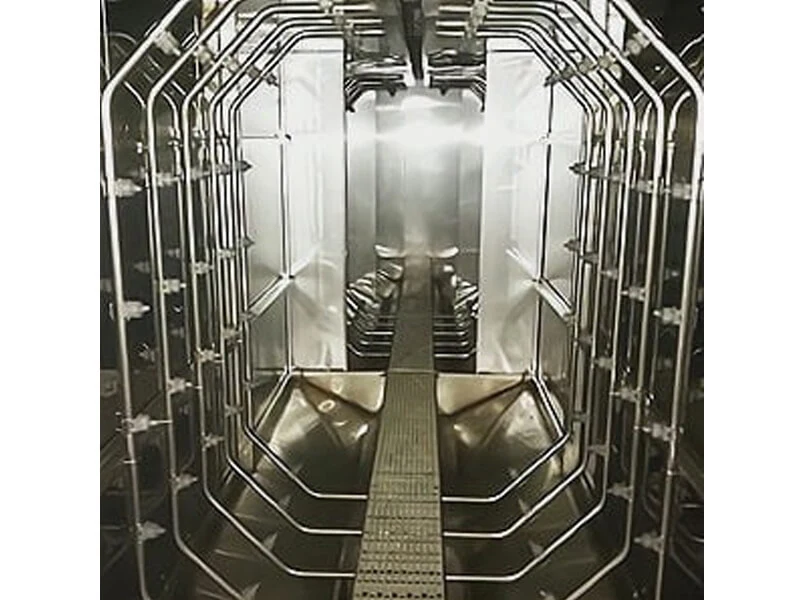
Common Challenges in Operating a Powder Coating Line
Even the most advanced automatic powder coating line can encounter issues. Understanding these common problems can help in preventive maintenance and troubleshooting.
1. Poor Adhesion
Poor adhesion occurs when the powder does not stick properly to the substrate, leading to peeling or chipping. Causes include:
Inadequate pre-treatment (cleaning, degreasing, or etching)
Contaminated substrate or powder
Incorrect curing temperature or time
2. Orange Peel Texture
This refers to a bumpy, textured finish resembling orange skin. It is often caused by:
Improper film thickness
Incorrect gun settings or poor application technique
Inadequate curing
3. Powder Contamination
Contamination can result in defects like pinholes or craters. Common sources are:
Dirty or oil-compromised air supply
Cross-contamination with different powder types
Foreign particles in the booth or on the substrate
4. Inconsistent Film Thickness
An automatic coating machine should deliver consistent film thickness, but variations can occur due to:
Worn or clogged nozzles
Fluctuations in voltage or air pressure
Irregular part movement on the conveyor
5. Curing Issues
Under-curing leads to a soft finish, while over-curing can cause discoloration or brittleness. This is often due to:
Oven temperature variability
Incorrect line speed
Poor oven calibration
6. Powder Reclaim Problems
In systems with recycling, ineffective reclaim can lead to waste and quality issues. Causes include:
Clogged filters in the recovery system
Poor booth airflow design
Overloading the reclaim unit
Optimizing Your Powder Coating Operation
To maximize the efficiency of your powder coating line, consider the following best practices:
Regular Maintenance: Schedule routine checks for guns, nozzles, pre-treatment chemicals, and oven temperatures.
Operator Training: Ensure that personnel are well-trained in operating the equipment, especially in a semi-automatic powder coating line where manual intervention is involved.
Quality Control: Implement continuous monitoring of film thickness, adhesion, and color consistency.
Energy Management: Invest in energy-efficient ovens and recovery systems to reduce operational costs.
Investing in an automatic powder coating line—or even a semi-automatic powder coating line—can transform your finishing process, enhancing productivity and finish quality. While the powder coating machine cost may seem daunting, the long-term benefits in efficiency, consistency, and environmental compliance often justify the investment. By understanding common operational challenges and adopting best practices, you can ensure that your powder painting line operates smoothly and delivers exceptional results for years to come.
Whether you are planning a new installation or upgrading an existing system, careful consideration of your production needs and constraints will guide you toward the right solution.


